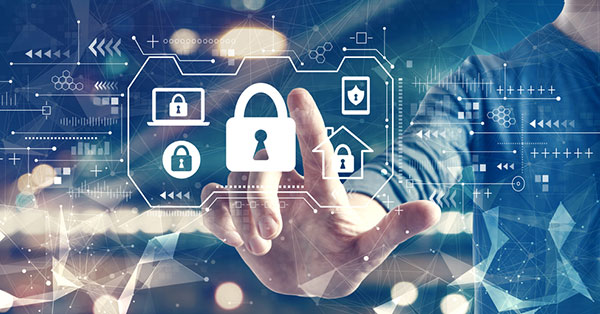
Verizon’s DBIR, one of the most-read and referenced data breach reports in cybersecurity, is considered the definitive source of annual cybercrime statistics. Verizon expanded the scope of the report to include 16 industries this year including Asia-Pacific (APAC); Europe, Middle East and Africa (EMEA); Latin America and the Caribbean (LAC); and North America, Canada, and Bermuda that faced the most data breaches. This year the study is based on an analysis of a record total of 157,525 incidents. Of those, 32,002 met Verizon’s quality standards, and 3,950 were confirmed data breaches.
Some notable statistics are given below according to the report.
- 86% of all breaches are financially motivated. Threat actors are exploiting company financial data, intellectual property, health records, and customer identities that can be sold fast on the Dark Web.
- 70% occurred for malicious outsiders that can be prevented by securing endpoints.
- 55% of breaches originate from organized crime groups.
- 43% of data breaches are the result of attacks through web application access from endpoints, which is more than double from last year.
Some important analysis based on the report:
- Verizon’s DBIR report clarifies that organized crime-funded cybercriminals are relentless in searching out unprotected endpoints and exploiting them for financial gain. It indicates the importance of securing endpoint. Autonomous endpoint can prevent many costly data breaches incidents. Autonomous endpoints visibility is the cornerstone of cybersecurity’s future that can enforce compliance, control, automatically regenerating, and patching cybersecurity software while providing control.
- Organizations often don’t know the current health, configurations, or locations of their systems and devices for the lack of diligence around Asset Management which is creating new threat surfaces. Asset Management is a black hole in many organizations leading to partial at best efforts to protect every threat surface they have. But the important thing is to aware of more insightful data on the health of every device.
- According to FBI Internet Crime Complaint Center (IC3) data, 85% of victims and subjects were in the same country, 56% were in the same state, and 35% were even in the same city. Cybercriminals are very opportunistic when it comes to attacking high-profile targets in their regions. Organized criminals mostly look for the weakest threat and unprotected endpoints as the target for attack. To prevent these attacks a true endpoint resilience approach is needed that is based on a real-time, unbreakable digital tether that ensures the security of every device and the apps and data it contains.
- This year, cloud assets were involved in about 24% of breaches, while on-premises assets are still 70%. According to CISO’s say, the most important lesson meanwhile the pandemic situation is not to move to the cloud quickly enough. Cloud platforms enable CIOs and CISOs to provide a greater scale of applications for their workforces who are entirely remote and a higher security level. Cloud-based Security Information and Event Management (SIEM) provides invaluable real-time analysis, alerts, and prevention of potential breaches. Organizations are now most likely to adopt cloud-based cyber security strategies which result in cloud-based endpoint platforms and the apps they support as the future of cyber security.
- More than 80% of breaches within hacking involve brute force or the use of lost or stolen credentials. According to the Verizon DBIR, cybercriminals are prioritizing on stealing personal and privileged access credentials. These potential breach attempts from stolen passwords can be prevented by keeping every endpoint completely up to date on software updates, monitoring aberrant activity, and knowing if anyone is attempting to change the configuration of a system as an administrator. Greater control and real-time response to breach attempts are possible having a digital tether to every device.
From Verizon’s DBIR this year, it can be said that, autonomous endpoints are the future of cybersecurity that can self-heal and regenerate operating systems and configurations. Nowadays, there are several cybersecurity companies offering endpoint security. Ultimately, increasing the security of endpoints for creating a safe & secure workplace as well as preventing data breaches will shape the future of cyber security.
- RaaS : The Dark Side of SaaS
- Hackers Target MOVEit Transfer’s Zero-Day Vulnerability, Emergency Patch Deployed
- How Scammers Are Utilizing ChatGPT? Few Tips To Be Safe
- World Backup Day: Why Data Backups are Important in Cybersecurity
- What is Social Engineering and How Cyber Criminals Use It
- Things To Know About Personally Identifiable Information (PII)
- What is Data Breach? Why and How It occurs? How To Prevent Data Breach



